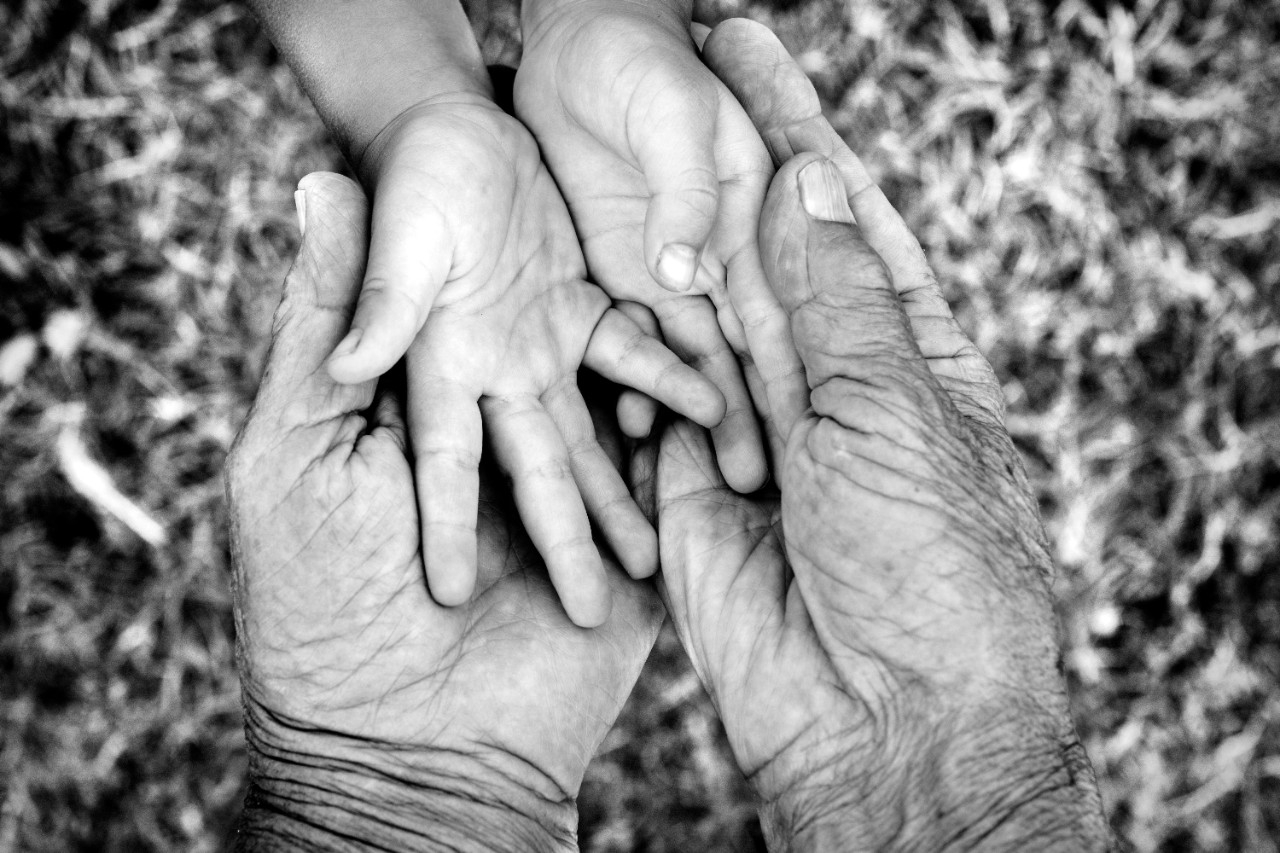What’s your type?
Scientists lay out the different ways we age

Everyone has a type — and we’re not talking about romance. We all have an aging type. As we get older, things start to falter, physically and molecularly, and it’s different for everyone.
Michael Snyder, PhD, professor and chair of genetics, and a team of researchers gathered data from 43 individuals over two or more years showing that these differences tend to align with one of four categories: metabolic, immune, hepatic (liver) and nephrotic (kidney).
They call them “ageotypes.” It’s not something you can figure out on your own — pinpointing an ageotype takes massive amounts of data and continual measurements of biological samples, such as blood, stool and saliva.
“What happens to an individual as they age? No one’s ever looked at the same person in detail over time,” said Snyder, the Stanford W. Ascherman, MD, FACS, Professor in Genetics.
Ageotypes, which were described in a paper published Jan. 13 in Nature Medicine, show the biological pathways along which someone is showing signs of aging — such as spikes in molecules associated with disease. People with an immune ageotype, for instance, are more likely to generate higher levels of inflammatory markers or develop immune-related diseases as they age. A metabolic ager, however, may have a higher risk of heart disease from such conditions as obesity and diabetes.
But ageotypes aren’t mutually exclusive. An immune ager could also be a metabolic ager, or some unlucky folks could be all four. On the bright side, the rate at which we age is amenable to change, regardless of ageotype. Some participants in the study showed that lifestyle changes could slow the growth of their ageotype markers. People who lost weight or changed their diet, for example, saw decreases in their levels of hemoglobin A1c, a measure of blood sugar levels.
“The ageotype is more than a label; it can help individuals zero in on health-risk factors and find the areas in which they’re most likely to encounter problems down the line,” Snyder said. “Most importantly, our study shows that it’s possible to change the way you age for the better. We’re starting to understand how that happens with behavior, but we’ll need more participants and more measurements over time to fully flesh it out.”
Photograph by ITummy/Shutterstock Images

